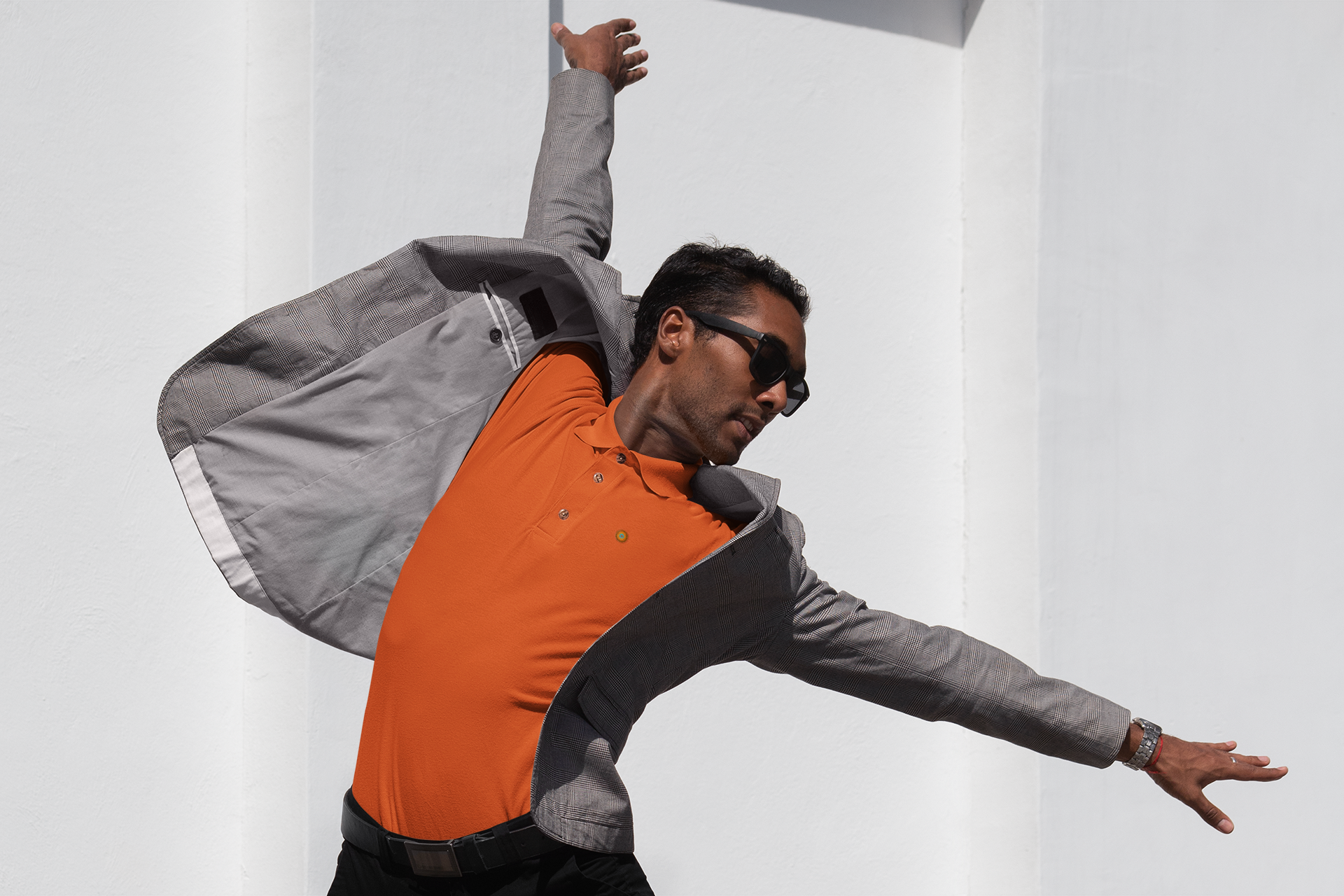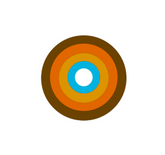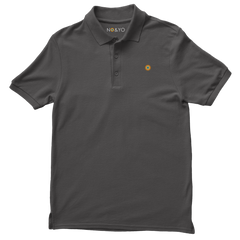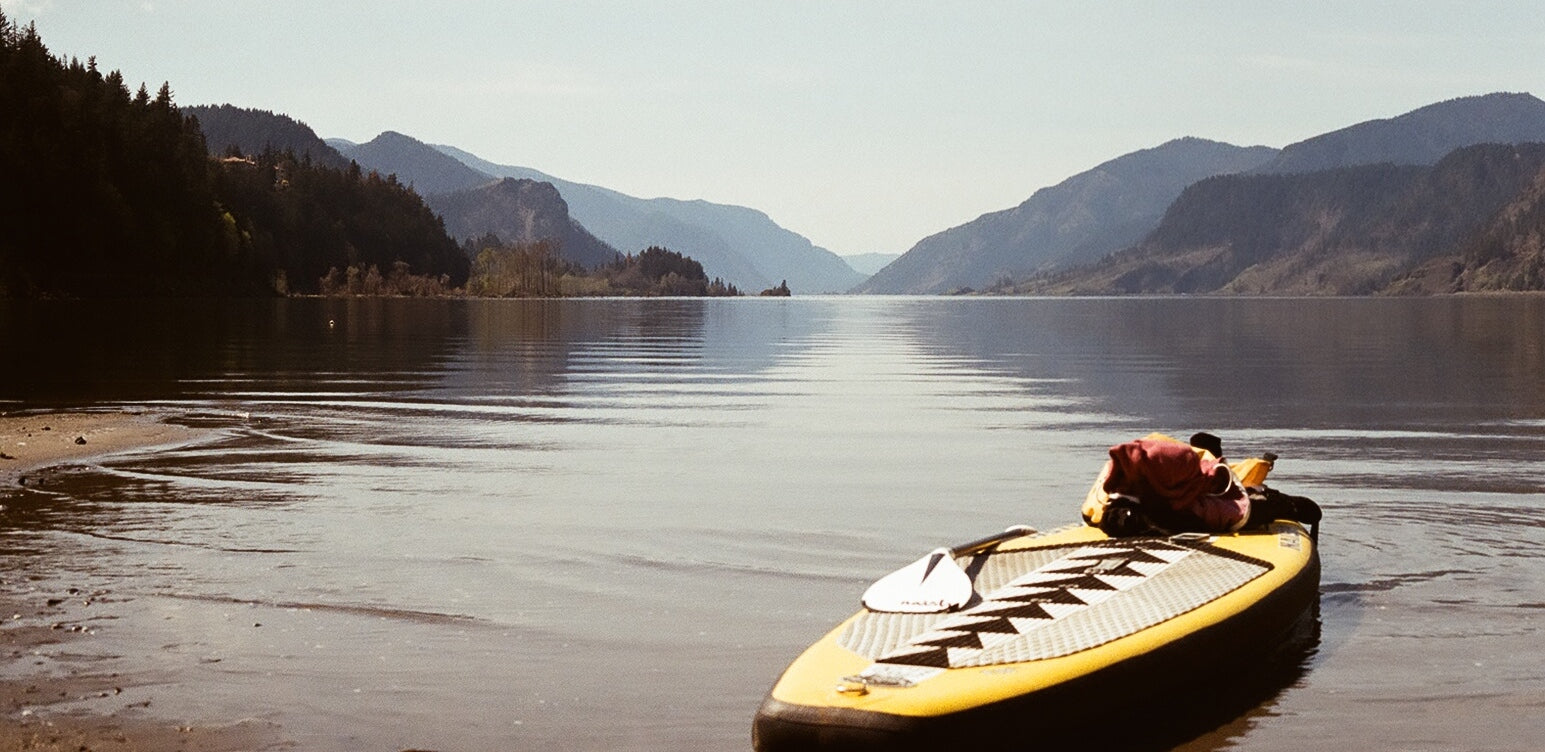 Recently some of our friends went paddle boarding for the first time. As usual, they got caught on the excitement of the sport just like we did at the beginning and continue to be hooked on it. Unfortunately they were disappointed by their very first try. Not due to the inability to balance yourself, but simply by having the wrong board.
Like all beginners we head down to the beach and try one of those rental places which will carry one size fits all boards and many times very limited inventory which results in having couple of the same boards to fit you – and of course you showed up when they have the last one available. This beginners guide to Paddleboards will give you a better sense of how to choose a rental board and also prepare you for buying one of your own as we know you will get hooked on the adventure of exploring coves, lakes, bays, rivers and many more places.
Recently some of our friends went paddle boarding for the first time. As usual, they got caught on the excitement of the sport just like we did at the beginning and continue to be hooked on it. Unfortunately they were disappointed by their very first try. Not due to the inability to balance yourself, but simply by having the wrong board.
Like all beginners we head down to the beach and try one of those rental places which will carry one size fits all boards and many times very limited inventory which results in having couple of the same boards to fit you – and of course you showed up when they have the last one available. This beginners guide to Paddleboards will give you a better sense of how to choose a rental board and also prepare you for buying one of your own as we know you will get hooked on the adventure of exploring coves, lakes, bays, rivers and many more places.
 So to begin our beginners guide to paddleboards, there are three major components which should guide you in choosing the right board.
So to begin our beginners guide to paddleboards, there are three major components which should guide you in choosing the right board.
1. The type of board – planning hull vs. displacement hull,
2. Volume and weight
3. Fins
Where are you going with that board? Before we begin, the very first question you should ask yourself is what are your goals with paddle boarding. Do you want to hang out by the lake or Back Bay? Do you want to surf with it as well? Do you want to race? Do you want speed or simply cruise? These are all important questions because depending on your answer then the type of board shape (especially hull shape) will determine the best board for you. Planing Hull vs. Displacement Hull Planing Hull Paddleboards In simple words the hull is the bottom of your board. It is the shape that makes the bottom side of your board and the part that touches the water. In other words, the shape of the bottom side of your board will determine whether it is a planing hull or a displacement hull. To start, a planing hull is nothing more than a flat bottom board. There is more to it that I’ve seen people in the sailing industry argue about it. For all intends and purposes, we just need to know that a planing hull is nothing more of a flat bottom board and looks like it is stretched from side to side. Now, a planing hull or flat bottom paddleboards are great for hanging out by the lake or calm water surfaces. Also, if you are intending to surf with it, then a planing hull is recommended for maneuverability in surfing. Flat bottom boards will not be very fast and may turn to be a little harder to handle in choppier waters. However, they are the most popular and probably it the one you will find at most shops. If speed is what you are looking for than a displacement hull board is recommended. Displacement Hull Paddleboards A displacement hull is the bottom part of the board that is shaped like a V. I can already hear the specialists cursing me for simplifying the design. My response, get over it. So, a displacement hull shaped board or V shaped bottom board is intended by design to slice through the water by pushing the water around the nose and as a result improves the efficiency of forward movement. Again, this results in more speed while not using too much power to paddle. Because of the efficiency of forward movement these shape boards are great for racing. One can still use them on flat waters but are really intended for greater speeds and really for racing. There are more specialized racing boards but are outside the scope of this beginners guide. A V shaped bottom board vs. a flat bottom board provides the beginner with enough knowledge to understand the differences between the types of boards you will find at the rental shop or if you decide to buy one.
 Volume and Weight
Have you ever heard of a friend say, I am not in general good in balancing. So it follows that if you can’t balance than paddle boarding is not for you. WRONG!!! Don’t let a misunderstanding of balancing keep you from enjoying the fastest growing recreational sport. Paddle boarding does require a sense of balancing but nothing too demanding that that will prevent you from enjoying the water with your friends.
I believe the real problem is bad experiences by having the wrong board. Volume and weight boils down to understanding whether that board is shaped (in this case from side to side or thickness) to your particular size. In an analogy, think about this. Would a small piece of cotton hold a bowling ball and keep it from sinking (assuming cotton is floatable – its my analogy so shut up). Now, imagine a thousand pieces of cotton, now there is a chance that enough volume of cotton will hold that bowling ball from sinking.
So similar in paddle boarding you need the right size of board for your size and weight to help you from sinking. But most importantly the right size and volume of the board will help make it easier to balance until you become a professional. If you want to learn more about it REI has a nice BUOYANCY diagram that explains the idea of volume and weight. Check it out.
In short, remember that balancing is not simply just about your balancing efforts; balancing is affected by the length, width and thickness of the board.
Volume and Weight
Have you ever heard of a friend say, I am not in general good in balancing. So it follows that if you can’t balance than paddle boarding is not for you. WRONG!!! Don’t let a misunderstanding of balancing keep you from enjoying the fastest growing recreational sport. Paddle boarding does require a sense of balancing but nothing too demanding that that will prevent you from enjoying the water with your friends.
I believe the real problem is bad experiences by having the wrong board. Volume and weight boils down to understanding whether that board is shaped (in this case from side to side or thickness) to your particular size. In an analogy, think about this. Would a small piece of cotton hold a bowling ball and keep it from sinking (assuming cotton is floatable – its my analogy so shut up). Now, imagine a thousand pieces of cotton, now there is a chance that enough volume of cotton will hold that bowling ball from sinking.
So similar in paddle boarding you need the right size of board for your size and weight to help you from sinking. But most importantly the right size and volume of the board will help make it easier to balance until you become a professional. If you want to learn more about it REI has a nice BUOYANCY diagram that explains the idea of volume and weight. Check it out.
In short, remember that balancing is not simply just about your balancing efforts; balancing is affected by the length, width and thickness of the board.
 Fins on a paddleboard
The fins on a board are important but the understanding of their purpose can get very complicated so I will try to keep it short and try my best to give you basic information about them. There are thousand and maybe even million types of fins (okay I may be exaggerating here.). The point is that how do chose when there are so many. Well, the best way to choose is by understanding their purpose.
Fins are basically the part of the board that keeps the board from tipping over on its side. They help with the stability of your board and result in helping you stay balanced.
As to size, for paddle boarding a larger fin and only one will be enough to give you that stability. Remember that because of its larger size it will keep you stable but may drag a little more which will result in making a little harder to make sharp turns.
On the other hand a shorter fin will lose the stability effect but will gain in its maneuverability. You will be able to make quicker turns and are especially important to surfers or paddle boarders that take the larger paddleboards to catch waves.
The fin industry is very lucrative and as a result there will be many types, brands, sizes and shapes of fins to choose from. For our beginners guide all we need is to know that we need a large one for stability in flat waters and a short one for maneuverability if the intent is to take it out to catch waves.
Fins on a paddleboard
The fins on a board are important but the understanding of their purpose can get very complicated so I will try to keep it short and try my best to give you basic information about them. There are thousand and maybe even million types of fins (okay I may be exaggerating here.). The point is that how do chose when there are so many. Well, the best way to choose is by understanding their purpose.
Fins are basically the part of the board that keeps the board from tipping over on its side. They help with the stability of your board and result in helping you stay balanced.
As to size, for paddle boarding a larger fin and only one will be enough to give you that stability. Remember that because of its larger size it will keep you stable but may drag a little more which will result in making a little harder to make sharp turns.
On the other hand a shorter fin will lose the stability effect but will gain in its maneuverability. You will be able to make quicker turns and are especially important to surfers or paddle boarders that take the larger paddleboards to catch waves.
The fin industry is very lucrative and as a result there will be many types, brands, sizes and shapes of fins to choose from. For our beginners guide all we need is to know that we need a large one for stability in flat waters and a short one for maneuverability if the intent is to take it out to catch waves.
 So how to choose?
Well now that we understand the basic of types of hulls, volume and weight and fins, we are left with the fun part. Let’s chose something that catches our eye. Something I like to call, paddleboard eye candy. Will it be a flat bottom or a racing? Decisions, decisions!?
Have fun and remember safety comes first. Enjoy the waters and welcome to paddle boarding.
Oh, by the way, if you think I forgot about the paddle. No I didn’t but I believe that choosing a paddle can get very complicated and I think that unless you are racing you really just need to choose one that is the right height for you and feels good in your hands.
Enjoy and see you in the waters!
So how to choose?
Well now that we understand the basic of types of hulls, volume and weight and fins, we are left with the fun part. Let’s chose something that catches our eye. Something I like to call, paddleboard eye candy. Will it be a flat bottom or a racing? Decisions, decisions!?
Have fun and remember safety comes first. Enjoy the waters and welcome to paddle boarding.
Oh, by the way, if you think I forgot about the paddle. No I didn’t but I believe that choosing a paddle can get very complicated and I think that unless you are racing you really just need to choose one that is the right height for you and feels good in your hands.
Enjoy and see you in the waters!









